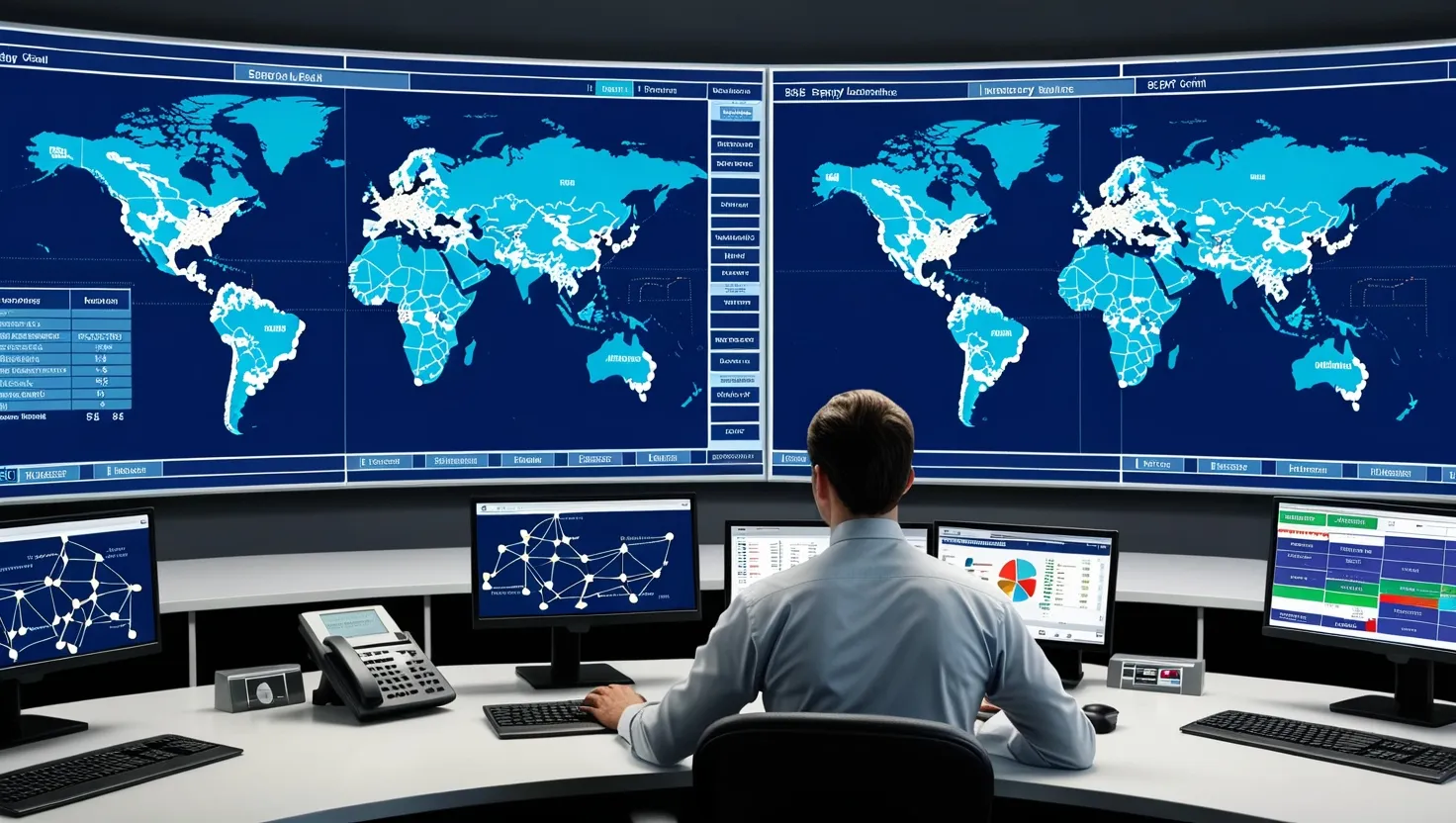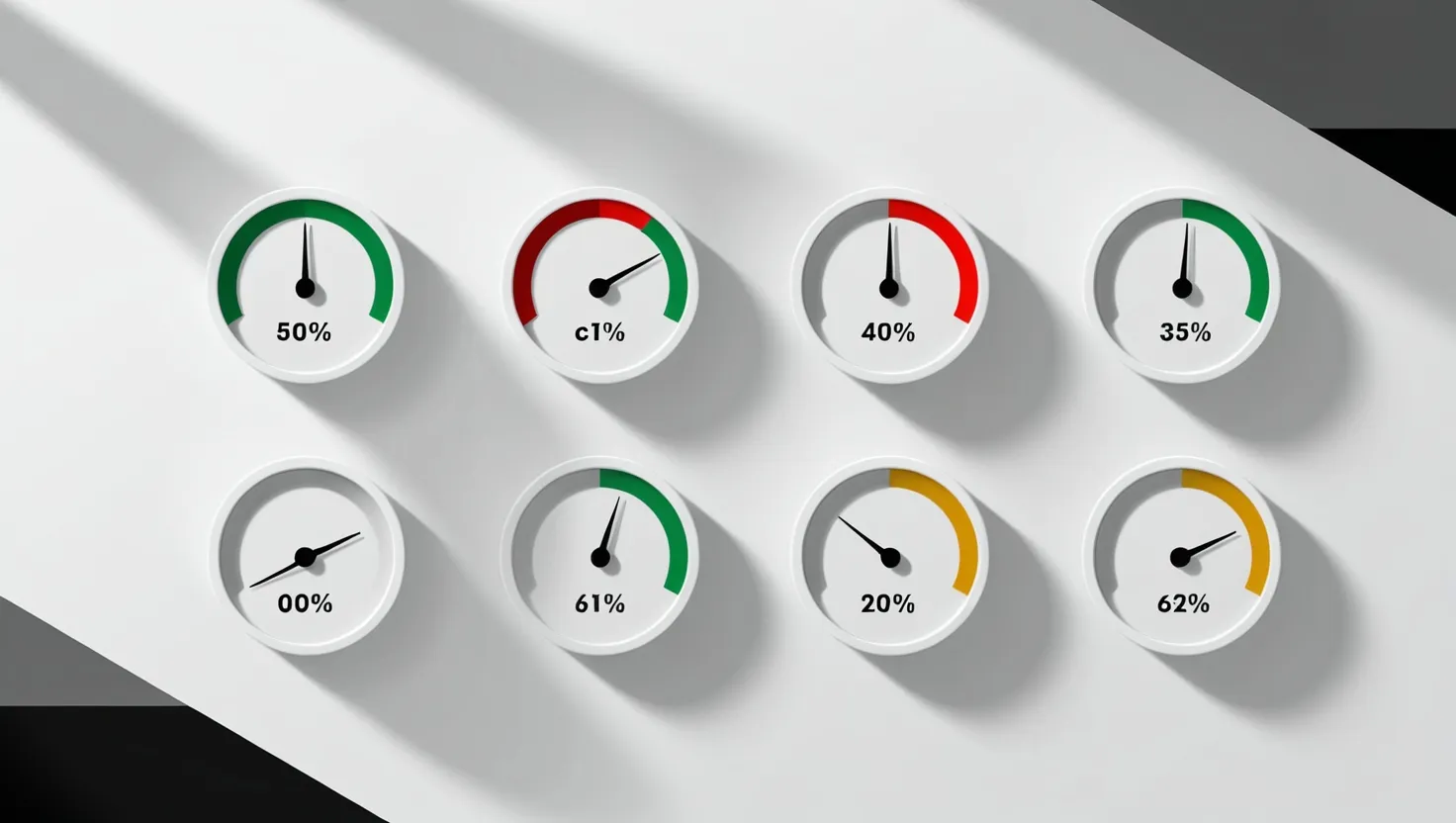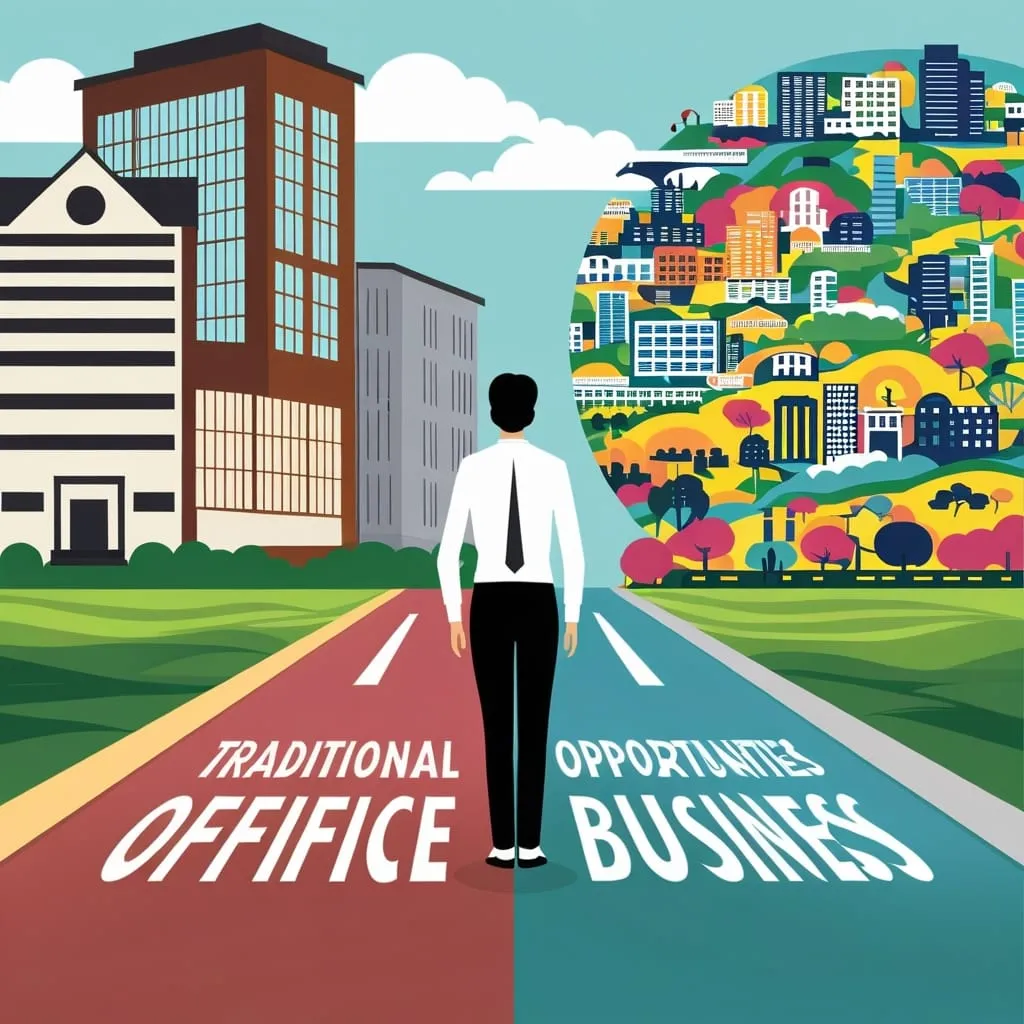If you’ve spent any time thinking about the future of business, you’ll know that climate change isn’t just a challenge for the polar bears or the weather forecast. It’s a driver forcing some of the biggest shifts in how entire sectors operate, from how they make things to how they keep the lights on during a storm. But what’s truly fascinating isn’t the broad strokes—it’s in the details. Let’s get into four sharply focused ways companies are adapting for climate-driven market realities, with stories, strategies, and a few unexpected twists you might not have heard before.
“Change is the law of life. And those who look only to the past or present are certain to miss the future.”
—John F. Kennedy
First, let’s talk about facility redesign for weather resilience. Most people picture sandbags and boarded-up windows when they hear about storm prep. In reality, the scale—and ingenuity—of today’s redesigns is on a whole different level. Companies like Unilever have retrofitted factories with modular walls to withstand both droughts and flooding, a dual threat that’s becoming increasingly common. Some automakers in the Midwest are using adjustable loading docks and flexible piping systems that can “float” slightly in a flood, limiting damage and recovery time. It’s not only about protecting assets, but about keeping lines running when competitors are knocked offline. The payoff? During the 2024 floods that halted regional supply lines for weeks, the handful of plants with these upgrades were able to resume shipments within days. Are these investments expensive? Yes—but the data is clear: every hour of downtime costs tens of thousands, even before reputational losses are counted.
“An ounce of prevention is worth a pound of cure.”
—Benjamin Franklin
Here’s an angle often missed: these changes don’t just prevent disaster, they also attract customers and insurers. In the insurance world, underwriters are already giving better terms to clients with physical proof of climate resilience. As for public perception, businesses now understand that showing up as a steady partner—delivering products on schedule while others can’t—offers real brand value. So, ask yourself: is your business still relying on yesterday’s weather maps, or are you building for what’s coming next year?
Now, let’s get into supply chain climate-proofing. Traditional risk management meant having a couple of suppliers in different states, maybe a spare warehouse. Today, mapping climate risks has become as standard as financial forecasting. The most forward-thinking companies use predictive analytics to overlay climate models on their entire sourcing network. They’re not just asking “which region is cheapest?” but “where is drought likely in five years?”
What’s really innovative is the emergence of multi-regional sourcing at the micro-level. For example, a global beverage company recently split its ingredient sourcing across four continents, not only to hedge against crop failures but to take advantage of counter-seasonal harvests—so when the Southern Hemisphere is dry, the Northern Hemisphere picks up the slack. Inventory buffers, long seen as inefficient, are now considered essential for high-risk components, with digital inventory tracking shifting stocks proactively as weather threatens supply lines. During the 2022 European heatwaves, electronics manufacturers with dynamic sourcing were able to reroute shipments in hours, while their competitors waited weeks for backorders.
What would happen if your suppliers in two different regions were hit by fires and floods in the same month? More companies are asking that question before disaster strikes, rather than after.
“If you don’t know where you are going, you’ll end up someplace else.”
—Yogi Berra
Third is one of the most quietly disruptive changes: the insurance strategy overhaul. For decades, insurance was about writing a check and hoping you never needed it. Not anymore. With extreme events growing both more frequent and unpredictable, carriers are retooling everything from premium structures to what is even covered. Several major insurers have pulled out of high-risk regions entirely, leaving companies either to self-insure or seek specialized coverage at much higher rates. The companies that weather this storm best are those who partnered early with their insurers, opening their doors to thorough climate risk audits.
A little-known tactic is “parametric insurance”—coverage that pays out automatically when certain weather thresholds are reached, such as wind speed or rainfall levels, regardless of actual damage. This speeds up claims and helps businesses recover faster. Some energy firms are even banding together in risk pools, spreading the cost of rare but catastrophic losses across multiple companies. The overall shift is away from reactive claims toward proactive risk sharing and mitigation. Does your current policy reflect this new landscape, or is it a relic of a more predictable era?
“What gets measured gets managed.”
—Peter Drucker
Finally, let’s consider revenue model adjustments—arguably the most creative and misunderstood adaptation of all. Climate-driven changes aren’t just about costs and risks; they shake up what customers want, and how much they’ll pay. Take the agriculture sector: as growing seasons shift and crop reliability wobbles, smart producers are already investing in alternate crops, on-farm processing, and even consumer education campaigns to shift demand in line with new realities. Some are moving up the value chain—think plant-based proteins created directly on the farm—while others open direct-to-consumer channels to ride out volatility in supermarket buying patterns.
“Success is not final, failure is not fatal: it is the courage to continue that counts.”
—Winston S. Churchill
Retailers, too, are rethinking product mixes as customer needs shift with the weather. One Asian apparel chain pivoted to offer modular, weather-adaptable clothing lines and saw a spike in sales during heatwaves that left competitors with racks full of the wrong inventory. In energy, companies are experimenting with usage-based pricing and seasonal incentives to better match fluctuating demand, particularly as home cooling costs overtake heating in some markets.
Have you reviewed your offerings through a climate lens? Sometimes the biggest gains come not from protecting the status quo, but from pivoting to meet new needs halfway.
This brings us to maybe the most critical insight: every adaptation tactic comes with trade-offs between capital investments and the risk of operational disruptions. But it’s not a simple spreadsheet exercise. The smartest organizations use short, staged implementation timelines—pilot in one facility or region, measure the results in terms of downtime, recovery speed, and customer feedback, and scale or adjust from there. For instance, a North American logistics company invested in flood barriers for only its most at-risk depots at first. The cost was high, but after seeing a 90% cut in storm-related delays in its core market, the case for wider rollout wrote itself.
“Do not wait to strike till the iron is hot, but make it hot by striking.”
—William Butler Yeats
What’s the common thread? Data-driven decision making. Businesses that map their physical climate risks directly to financial exposure—rather than guessing or relying on insurance—are leaps ahead in both resilience and profitability. The question I’d pose: has your company quantified what a single day of climate-driven downtime would mean for your bottom line? Because until you know that, it’s hard to justify the investment—or argue against it convincingly.
The pace of change is only accelerating. What’s considered “future-proofing” today will be tomorrow’s minimum standard, especially as climate models become sharper and regulatory expectations grow stricter. The good news is that the playbook is increasingly clear. Successful adaptation doesn’t mean copying what your neighbor is doing, but tailoring proven tactics—facility upgrades, dynamic supply chains, modern insurance frameworks, experimental revenue streams—to fit your specific risks and market realities.
Let me leave you with this: adaptation isn’t a one-time project. It’s an evolving process that’s closest to a feedback loop. If you think you can set and forget, you’re already playing catch-up. But for those willing to treat climate adaptation as both a business necessity and an opportunity for competitive advantage, the future holds possibilities well beyond survival.
“Adapt or perish, now as ever, is nature’s inexorable imperative.”
—H.G. Wells
So, are you ready to shape your own outcome in this changing landscape? Or will you let the climate decide for you? The choice—and the opportunity to lead—has never been clearer.






